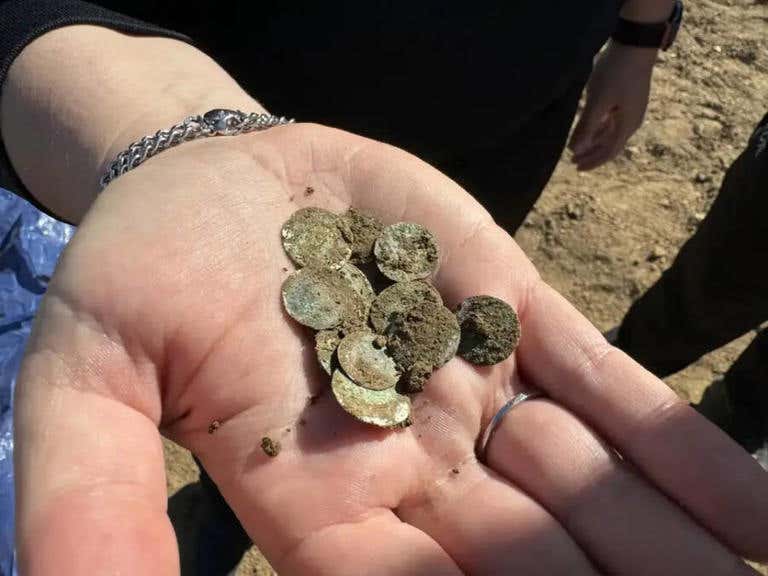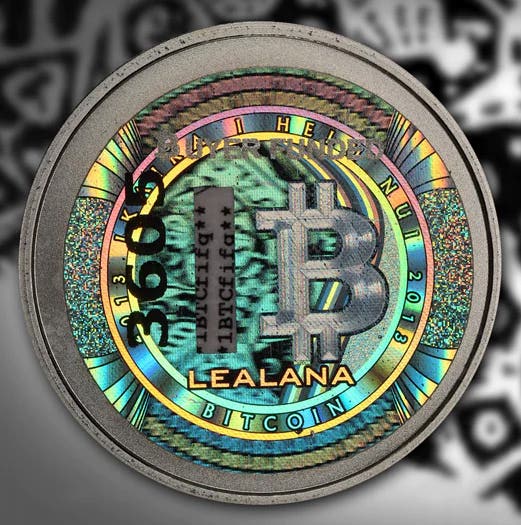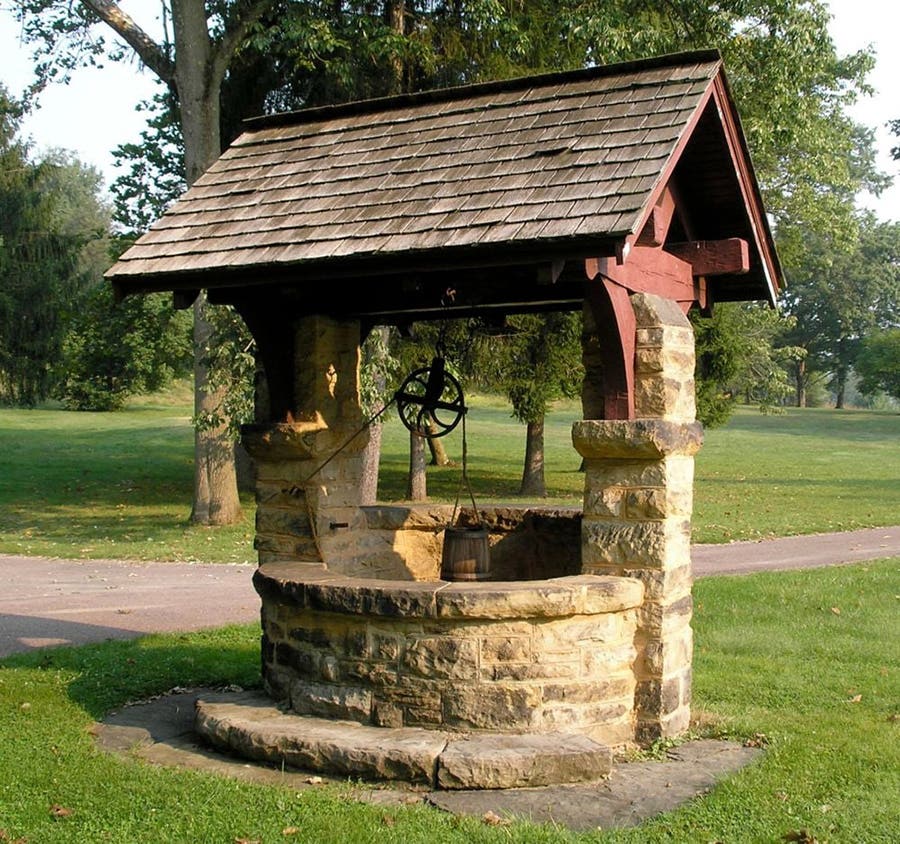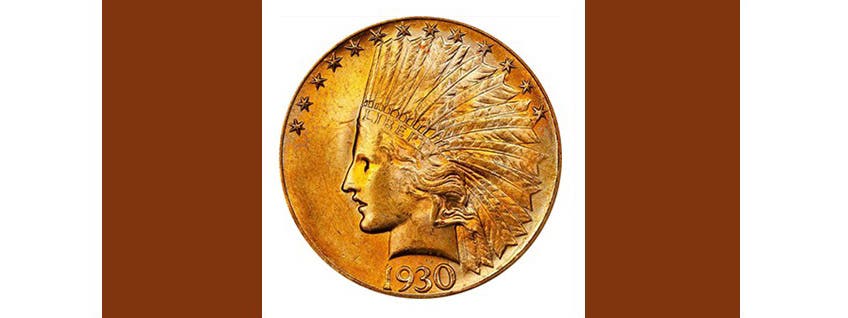Young Collectors: 1960s Versus Today
The reasons that children today become numismatists are different from those in the 1960s.
I became a coin collector in 1964, the year that the US Kennedy Half Dollar debuted to honor the recently assassinated president. The appearance of this coin resulted in a massive surge of coin collectors, young and old, that swept through my father’s side of the family. It wasn’t until the debut of the Statehood Quarter series debuted in 1999 that a similar groundswell of collector interest developed.
Back in the 1960s, it was easy to become a young coin collector. You could start by sorting through your pocket change to fill in the holes in the inexpensive blue folders. There were also a number of newspaper carriers who became collectors then (and later several of them became dealers) because they collected the subscription money from the customers on their routes. Coin clubs galore sprang up across America from the 1950s through the 1960s.
The reasons that children today become numismatists are different from those in the 1960s. Fewer than 10% of today’s transactions in everyday commerce in America are settled with the use of coins or currency. Further, today’s coinage no longer has a metal value close to the face value of the coins. No US currency has been redeemable for silver since 1968. There are far fewer newspapers printed and delivered today, mostly by adults driving motor vehicles. The newspaper subscription money is collected directly by the publisher. Of all the almost 140 merit badges that Scouts could earn, the one for coin collecting is way down the list in popularity.
An online survey in 2022 asked people what kinds of hobbies they pursued. The most frequent answer was coins, collected by 17% of respondents. I suspect that many people who said they collected coins were not real numismatists but instead accumulators, people who just filled a container with the daily loose change in their pocket until they decided what to do with it. However, we do see a number of small store owners who still set aside the odd and curious coins (and even tokens) that pass through their cash drawers.
The numismatic hobby is aging if you look at the demographics of the membership of the American Numismatic Association and other coin organizations. However, I have heard from a few dealers with stores or who set up at coin shows who sense that there is some resurgence of young collectors taking place.
The company where I work has several teenage- and under-thirty employees. Primarily, they became coin collectors because they appreciate history—and coins are a tangible way they can hold history in their hands. A couple just like looking at all the different coin designs, shapes, and metal contents. Even though these younger collectors may not constantly carry loose change in their pockets, they have still found their way to numismatics.
Will there be another surge in collector interest when the US Mint issues one-year circulating coinage in 2026 for the 250th anniversary of American independence?
The answer to last week’s numismatic trivia question.
Last week, I asked— What is a hippocampus, and why was it depicted on a US coin? Believe it or not, there are two definitions of hippocampus. One refers to a part of the brain in the temporal lobe. The definition related to numismatics refers to the “sea horse” from ancient mythology in several cultures. The top half of the animal was depicted as a horse and the bottom as a fish. The hippocampus is part of the design on the obverse of the US 1915-S $2.50 Panama-Pacific International Exposition Gold Commemorative, the first commemorative of only two issued by the US Mint in this denomination. The obverse design shows Columbia (signifying the US) riding on a hippocampus in a body of water bearing a caduceus. The earlier use of a caduceus referred to trade and commerce, while the modern reference is to medicine. On this coin, the caduceus could refer either to the opening of the Panama Canal to facilitate world trade or to the control of malaria and yellow fever that plagued workers who built the Canal.
This week’s trivia question
Here’s this week’s question. Why did the United States adopt a decimal monetary system instead of non-decimal systems such as then used in the United Kingdom and in Spain and their colonies (which coins circulated widely in the American colonies)? Come back next week for the answer.
Patrick A. Heller was honored as a 2019 FUN Numismatic Ambassador. He is also the recipient of the American Numismatic Association 2018 Glenn Smedley Memorial Service Award, 2017 Exemplary Service Award, 2012 Harry Forman National Dealer of the Year Award, and 2008 Presidential Award. Over the years, he has also been honored by the Numismatic Literary Guild (including twice in 2020), the Professional Numismatists Guild, the Industry Council for Tangible Assets, and the Michigan State Numismatic Society. He is the communications officer of Liberty Coin Service in Lansing, Mich., and writes Liberty’s Outlook, a monthly newsletter on rare coins and precious metals subjects. Past newsletter issues can be viewed at www.libertycoinservice.com. Some of his radio commentaries titled “Things You ‘Know’ That Just Aren’t So, And Important News You Need To Know” can be heard at 8:45 a.m. Wednesday and Friday mornings on 1320-AM WILS in Lansing (which streams live and becomes part of the audio archives posted at www.1320wils.com).
You may also like:








